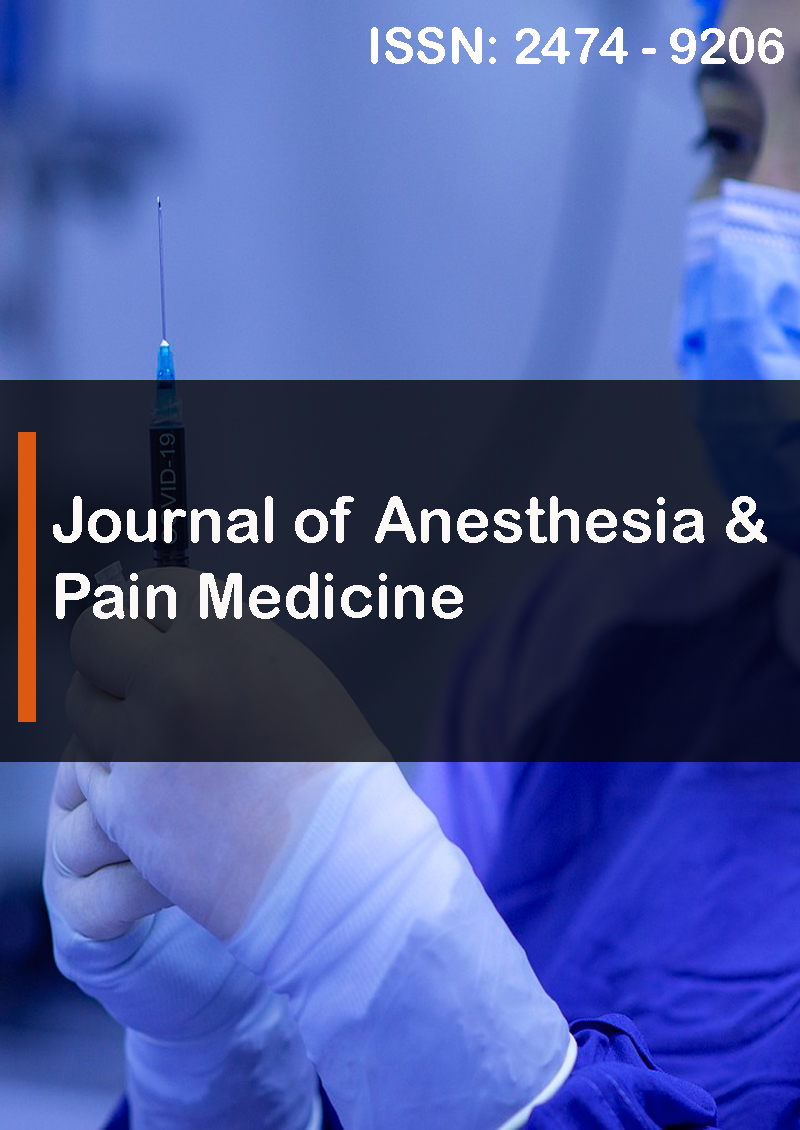Observation of Electromyogram and Electrocardiogram Changes with deqi for the Development of an Objective Evaluation Index of the Occurrence of deqi
Abstract
Miyamoto Nao, Sakaue Yusuke, Shima Okada and Shiozawa Naruhiro
A unique sensation called "deqi" occurs in acupuncture, which is considered an essential variable in the study of the mechanisms and effects of acupuncture. However, an objective method for evaluating deqi is yet to be established. Therefore, we aimed to create an objective evaluation index for deqi using electromyogram (EMG) and electrocardiogram (ECG), which are expected to present characteristic changes based on the findings of previous studies. This study included 16 healthy adult male subjects. ST36 stimulation was performed three times after a one- week washout (N=48). EMG was used to calculate myopotentials, and ECG was used to calculate the heart rate (HR) immediately after stimulation. The subjects declared whether Deqi occurred, and the characteristic reactions of deqi in EMG and ECG were evaluated. In 48 trials, Deqi occurred 42 times and did not occur 6 times. Myopotentials were significantly higher when deqi occurred than when it did not. Furthermore, a positive correlation was identified between subjective sensation and the rate of change in myopotential. Deqi significantly increased the myopotential levels, indicating that it induced involuntary muscle activity. This involuntary muscle activity may be related to the stretch reflexes and nerve stimulation. For the HR immediately after stimulation, no change with deqi was identified, although a significant decrease in HR was found in cases without deqi. Deqi could induce a transient stress response and inhibit the decrease in the HR caused by acupuncture. The results of this study indicate two characteristics of deqi obtained from EMG and ECG: an increase in myopotential and an inhibition of the decrease in HR expected with acupuncture. These characteristics could provide objective evidence for the occurrence of deqi. Future studies with larger sample sizes are required toto further strengthen the objective assessment of deqi.



